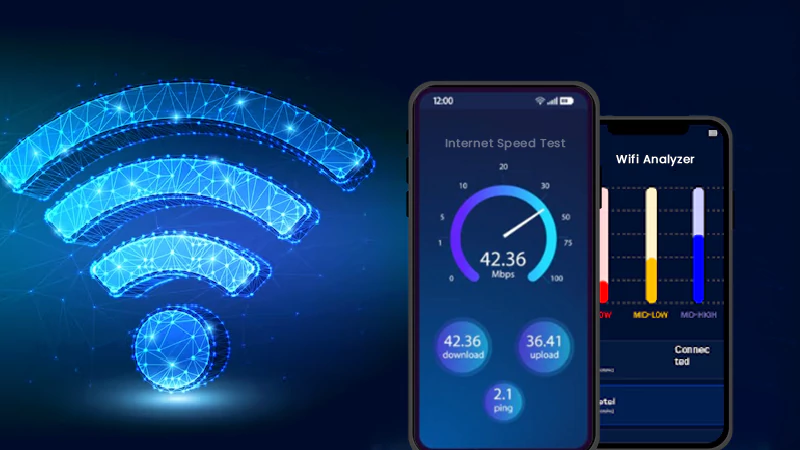Vortex Plate- Let’s Find Out
Vortex plates are a rather interesting type of optical component. They are used to impart a certain type of modulation to an input beam that is strikingly different from other modulating components.
What a vortex plate does to an input beam is to introduce an optical angular momentum. In polar coordinates, this means that the phase of the wavefront varies with the angular variable whilst the phase along the radial coordinate is kept constant. A graph of this type of phase pattern resembles a vortex or a spiral and hence the name ‘vortex plate’.
For a vortex plate to induce this phase modulation it must introduce a phase difference that varies with the angular coordinate in a prescribed way. If the vortex plate has some phase quantization, which can be handy as the techniques from diffractive optics manufacturing can be used, then the vortex plate will look like a spiral staircase. Thus, vortex plates are also referred to as spiral phase plates (SPP).
An important feature of beams carrying an angular momentum is that when they are brought to a focus with a lens of any type, the focal spot exhibits a rather striking feature which is a hole in the middle. So, the beam is referred to as a doughnut-shaped beam. A similar beam could be obtained if we were able to have a specific mix of higher-order Laguerre modes within the same beam. This approach, although theoretically possible in simulations, is not practical. A vortex plate can do the deed of obtaining a doughnut-shaped beam easily.
Vortex plates are used in applications that have specific demands. The major applications of optical Vortex phase plates include-
- Lithography,
- High-resolution microscopy,
- Quantum optics,
- Solar coronagraph in astronomy, and
- Optical tweezers in the case of particle manipulation and trapping.
A doughnut beam shape is an attractive feature for optical tweezers for example. In this case, different beam types can act in various ways on the trapped particles. Vortex plates are also used in STED fluorescence microscopy to obtain images with a resolution that can exceed the diffraction limit. This is accomplished by having the vortex plate along the path of the laser that is going to be used to stimulate the fluorescence in the sample. The donut illumination then depletes the fluorescent excitation everywhere but the centre of the spot. The fluorescence from this spot will be circumscribed to an area that is smaller than what the diffraction limit dictates, enabling super-resolution.
One other application for vortex plates which is at the forefront of technology is on systems that use the optical angular momentum as a carrier of bits of information. In some embodiments of quantum computing systems, this is the approach followed. They are also useful for industrial applications such as laser drilling and laser channel ablation.
As the structure of the optical Vortex plates consists of completely spiral or helical phase steps, this helps in fulfilling the purpose of controlling the transmitted beam’s phases. Each Vortex plate is associated with a specific wavelength. Depending on the requirements of the customers and the application area, manufacturers can provide a slightly shifted wavelength for an optical Vortex plate. In particular, Vortex plates are useful in producing a don’t-sapped energy ring from a Gaussian laser beam.
Also Read: 9 Ways Any Business Can Improve Customer Relations
Exploring Common 2-Story Houses Energy Usage Patterns and…
How Long Does It Take to Obtain An…
The Secrets Behind High-Performance Racing Windows
Co-Parenting Strategies for Divorced or Separated Parents in…
How Auto Lawyers Help Victims of Distracted Driving…
How Can an Attorney Help in a Trucker…
What is the Rule of Thumb for Pipes?
Best DVD Rippers for Windows & Mac: Free…
Reducing the Impact of Unexpected Construction Expenses
8 Ways to Improve Wi-Fi Speed and Stability…
What Information Can Be Gleaned From a Funnel…
Essential Strategies to Make Hotel Management Easier












